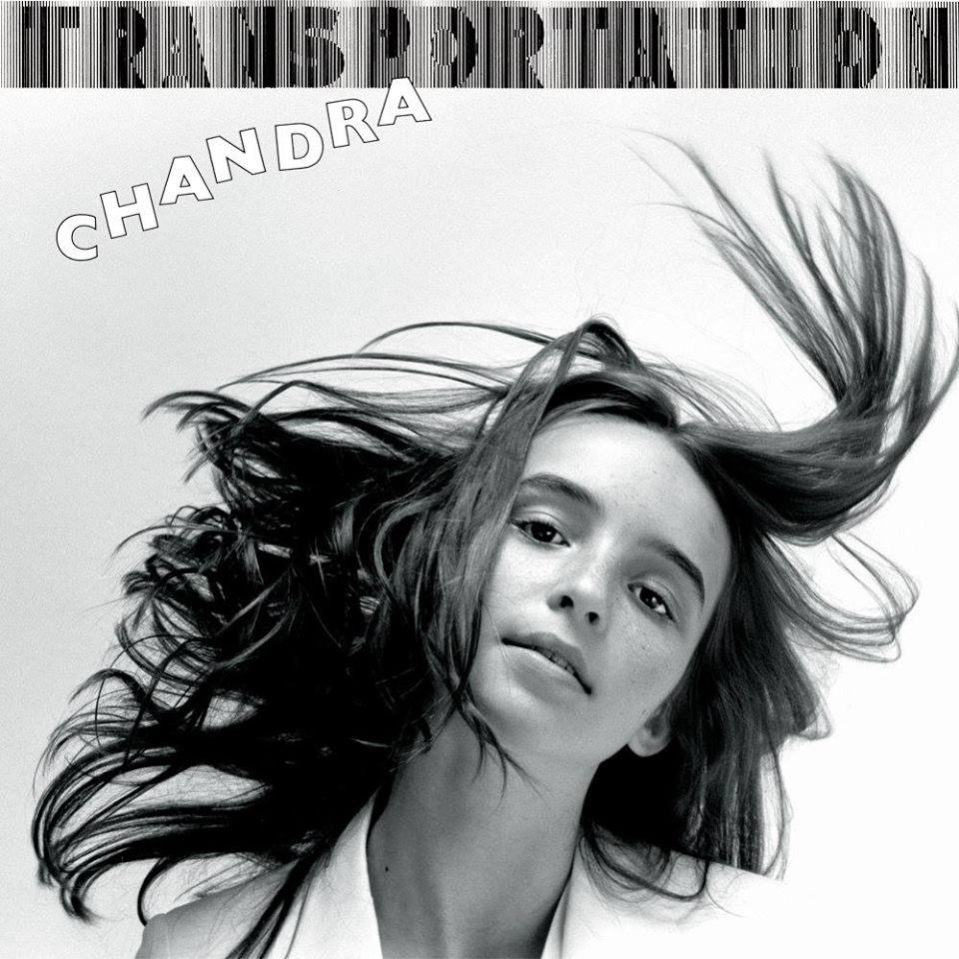Chandra, Bile Sister, and Doves @ Gabba Hey

In this age of easy knowledge, there are hardly any corners of the cultural map still under shadow. It takes an increasingly more impressive sense of novelty for an act to rise above the waves of ‘lost’ artists and be noticed. The 1980 EP Transportation by Chandra boasts a backstory that threatens to become more interesting than the act itself. Fortunately the EP and it’s central artist, Chandra Oppenheim, are singular and brilliant enough stand apart from their remarkable origins.
That first ripple away from the centre of punk, so-called post-punk, is an amorphous and difficult thing to define. It is not a genre (genres be damned), but a moment in time – principally the years 1979 and 1980. In England it fused paranoid punk experimentalism with dub, funk, and more, while in New York it cleaved unto another side-lined genre – Loft disco. And in Transportation, the wiry talents of art-punk band the Model Citizens combined forces with a twelve-year-old songwriter to create an anxious and hyperactive masterpiece. But we will not fall prey to genetic fallacy, regardless of who made this record and when: it is outstanding.
Oppenheim has now decided to revisit her pre-teen career with the help of a six-piece backing band including among its ranks the Toronto experimental electronic duo, Bile Sister. And so, inside the bare stone walls of Gabby Hey, perched over the stretching City Centre, we interred ourselves alongside shades of the past to see what might be resurrected.
Inside I stood in an empty space while the steady pulse of DJ Jason Skilz reverberated off of the dark concrete. Slowly more of the curious crept in to stand in the shadows while the first act, Doves, took the stage. The low-set peripheral lighting threw expressionistic shadows high on the wall behind the three performers. This was the trio’s first live appearance and they pulled us down into a lowland of glacial and brooding shoegaze. Over a palpitation of bass and kick drum, they sent up cloudy sprays of guitar chords and silver pads of synth; washing the walls and our ears with abrasive strokes, while the dual vocals ranged in dynamic from fey croon to stentorian bark. It was a confident inauguration for the group, and left more than a few ears twitching.
Swiftly began the set up for Bile Sister which was as alchemically obscure as to warrant a circle of salt and sacred names around the stage. Wires and pedals, synths and synth drums, bass and vocals; missing only the bubbling phials of bright liquid and scrying mirror. The duo had descended on us from Toronto in a sickly spray of experimental pop, using live percussion loops, electronic invocations and mad, commanding vocals. Vocalist Julie Reich’s voice expands elastically, ecstatically from squeal to croak to doleful and dramatic croon, flying through the room and drawing everyone toward. The band waved their wands around and we were under their glamour in a world of sounds both brackish and sweet, with looped beats moving the body while the electronics addle the brain. The stage was cleared and the splatter was cleaned and soon the duo returned to aid in bringing Chandra back to life.
When Chandra took the stage, there was a palpable uncertainty and anticipation among the crowd. Who in their right mind would sing songs written by their twelve-year-old self, over thirty years later? The answer: only one who wrote such great songs. As was to be expected, the back catalogue was exhibited and the re-enactment was executed with bubbling, bouncing, freak funk precision by the seven assembled musicians. There were holes in the mix initially: the guitar was plucked but unheard and the backup singers sang mutely into their mics, but this was gradually rectified and the band found their cohesion. If anything the set served as a reminder for an album that deserves so much more recognition than it was afforded upon its original release. Bodies moved to the slithering bass line that bears aloft the discordant organ stabs and maniac disco clap of Opposite; and who alive could fail to be stimulated by the queasy groove of ‘Kate,’ with it’s unforgettable opening line. It would suffice as any for a signature song and boasts a lyric that, at first seems like simple juvenile prattle but which reveals a surprising depth and myriad inference.
The representation of these artifacts will hopefully remind listeners that one of the most important elements of the post-punk period was it’s attempt to move away from the increasingly ugly boys cult that was (and still is) much of the punk rock scene and to include a wider variety of voices. Yes we remember Joy Division and Gang of Four, but let’s not forget the racial politics of Two-Tone, or the feminist art-punk of Delta 5, Au Pairs and the Raincoats. Though the era has been tirelessly plundered, with the remount of Chandra we are reminded that there is still some mystery left to the world and who knows what else, what other voice seemingly less than suited to mainstream digestion, lies buried under the sands of the years?
